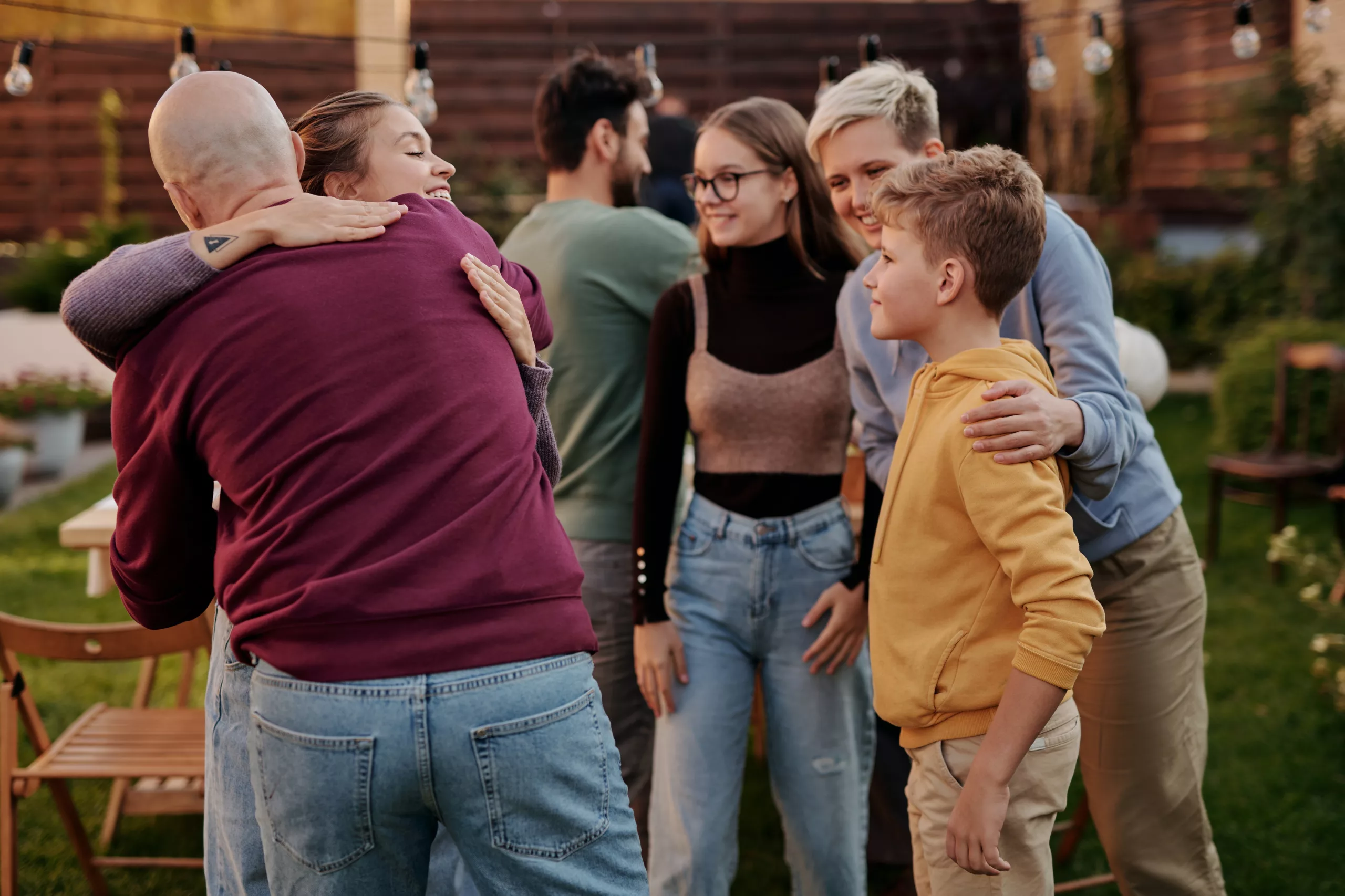
Recently, an intriguing and somewhat concerning trend has emerged in funeral ceremonies: the rise of unattended funerals. Traditionally, funerals have served as a gathering for family and friends to pay their final respects, share memories, and find closure. However, unattended funerals challenge these age-old customs, prompting discussions on their implications for society and the grieving process.
Understanding Unattended Funerals
An unattended funeral, as the name suggests, is a funeral service held without the presence of immediate family members, friends, or acquaintances. It is becoming increasingly common due to several factors shaping how we interact with and commemorate the deceased.
- Changing Social Dynamics: In today's fast-paced world, people often find themselves far from their place of birth or family members. Increased mobility and globalization can make it difficult for relatives to attend a funeral, leading to unattended services.
- Digital Connections: Social media and digital communication have altered how we connect and grieve. Online memorial platforms allow people to express condolences virtually, replacing the physical presence at a funeral.
- Personal Choices: Some individuals may explicitly request a private or unattended funeral as part of their final wishes, which could be due to a desire for simplicity or to spare loved ones from the emotional burden of a public ceremony.
The Impact on the Grieving Process
Unattended funerals, while practical in some situations, may have emotional consequences for those left behind:
- Limited Closure: Funerals serve as a way for mourners to find closure and say their final goodbyes. Some individuals may struggle to process their grief without a traditional ceremony.
- Isolation: For friends and family unable to attend, the inability to partake in the funeral rites may leave them feeling isolated and disconnected from the grieving process.
- Social Support: Funerals honour the deceased and provide a support network for grieving people. Without a communal gathering, individuals may miss out on the solace of shared mourning.
The Role of Technology
Technology has been a driving force behind the rise of unattended funerals, but it also offers potential solutions to some of the challenges associated with this trend:
- Live-Streaming Services: With the widespread availability of high-speed internet, live-streaming funeral services have become feasible, allowing remote mourners to participate virtually, fostering a sense of inclusion.
- Digital Memorialization: Online memorial platforms enable people to create lasting tributes, share memories, and offer condolences. These digital spaces can become a source of comfort and connection for those affected by the loss.
- Virtual Support Groups: Online grief support communities and counselling services allow individuals to share their feelings and find support from others who have experienced similar situations.
The Need for Balance
While technology can somewhat bridge the gap, it is essential to balance virtual and physical interactions during mourning. The human connection remains a powerful force for coping with grief and finding comfort.
Unattended funerals reflect the changing dynamics of our society, where physical distances may separate us and digital connections offer new ways to grieve. However, preserving the essence of a traditional funeral—the gathering of loved ones to honour and remember the departed - remains crucial for maintaining the emotional fabric of society.
Unattended funerals represent a growing trend that challenges conventional mourning practices. While technology can mitigate some drawbacks, it is vital to remember the significance of human presence and support during grief. Striking a balance between the digital and the physical is essential to ensuring the grieving process remains meaningful and healing for all involved.




